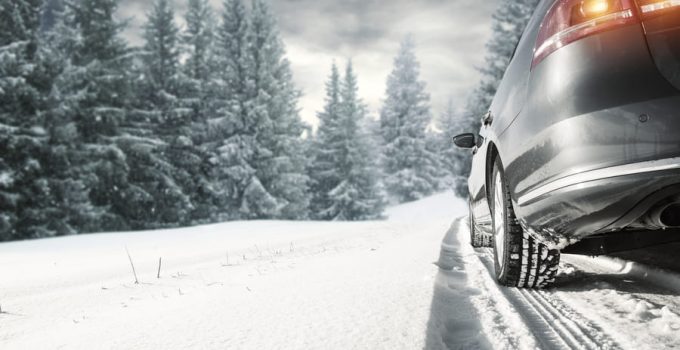
In the cold season, the car and its systems require special attention . In fact, in winter, many components and systems of the car are subjected to greater stress, which means that they can suddenly fail. To prevent this from happening, here are some tips on how to prepare your car for the winter.
Contents
What to check before the cold sets in
- Battery. A very cold temperature leads to a significant slowdown of chemical reactions, reducing the charge capacity by 20-50%. This problem is exacerbated as the drain on the battery increases during the winter season as more devices are in use. In addition, starting the engine may require more energy. An old battery may not be able to perform its functions under these conditions. For this reason it is recommended to always check the battery status, preferably at a workshop. You may also need to charge the battery and desulfurize its plates. A worn battery should always be replaced.
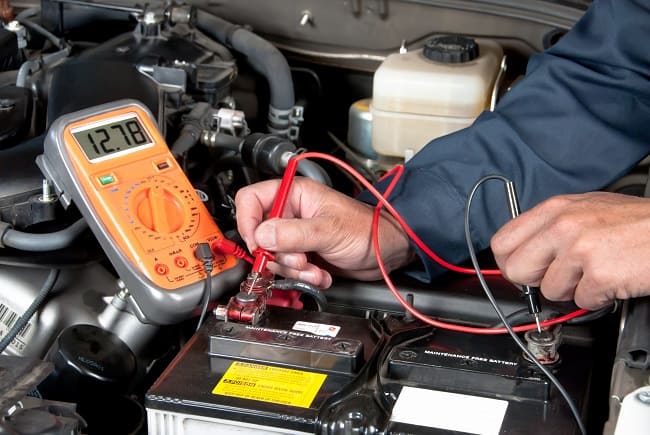
Advice from CarTipsandmore. We recommend that you choose AGM batteries with gel electrolyte. In fact, this type of battery is more efficient at low temperatures and more resistant to vibrations. Note: In winter, even a new battery requires repeated charging using a special charger.
- Starter and alternator. A failed starter motor may drain the battery faster. An underpowered generator also causes the battery to constantly discharge, leading to the loss of active mass and sulphation of the plates.
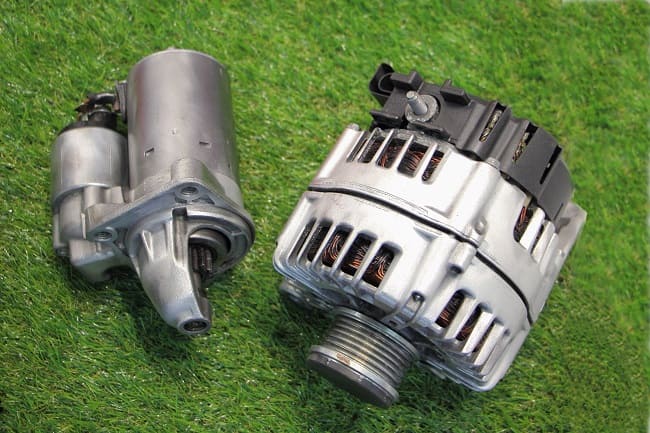
Advice from CarTipsandmore. Periodically check the alternator belt and its tension. The most common causes of a weak battery include: cracked, worn, greasy or loose belts.
- Climate Control System. Driving comfort depends on the temperature in the interior. To protect yourself from the cold, make sure the heating or air conditioning is working properly. This involves checking that the piping is intact, the pump and condenser are working properly, and the radiator and air intakes are not blocked. The diagnosis is best done by professionals.
Advice from CarTipsandmore. We recommend replacing the cabin filter before winter. If this is clogged, air circulation is restricted, which often leads to fogging of the windows. This problem occurs mainly during the winter due to the large temperature differences.
- Door seals. When these elements are worn out, cold and moisture can penetrate the interior more easily. High humidity can also lead to corrosion of some vehicle parts. In addition, the door could freeze to the sill. Therefore, you should replace the rubber elements if you notice that seals have hardened or cracked, cold and extraneous noise penetrates into the passenger compartment, or squeaking noises are heard at the door when driving on a rough road.

Advice from CarTipsandmore. Treat the seals from time to time with a special silicone grease to protect them from temperature, frost and humidity fluctuations.
- Body parts and underbody. Temperature changes, de-icing agents, snow, dirt and water have a damaging effect on the body and suspension. When spring comes, you may notice large patches of corrosion in areas where there were previously small cracks and scratches. This means that even minor defects should be corrected in a timely manner, especially before the cold sets in. It is also strongly recommended to treat the underside of the vehicle with a special anti-corrosion agent. In addition, it is beneficial to treat small cracks. Polymer-based polishes available on the market are ideal for bodywork. These products not only make the surface shiny, but also create a protective film.
Advice from CarTipsandmore. If you park your car in a garage, always make sure that the garage temperature is not too much higher than the outside temperature: in excessive heat, de-icing agents react more quickly with the car paint.
- Windscreen wipers and washer system. During the cold season, car windows are heavily soiled by snow and slush. Therefore, the windscreen wipers and the windscreen washer system should always work well. Make sure the nozzles are not clogged and the wiper blade rubber is not hardened and cracked. Top up with antifreeze if necessary.
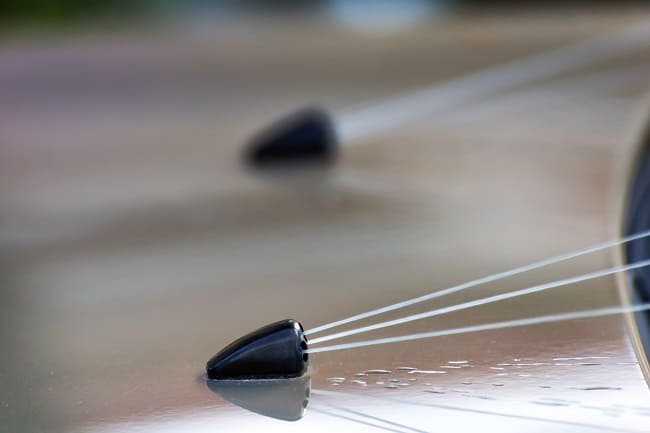
Advice from CarTipsandmore. For the winter season, we recommend using winter wiper blades. Its rubber elements are made of a special water-repellent rubber that retains its elasticity even in sub-zero temperatures. Instead of metal elements, they have plastic elements – these are less prone to freezing – or they have a special cover. Some windshield wiper models have an integrated heating element that prevents the components on the surface of the windshield from freezing.
- Glow plugs. If they are defective, you may have problems starting the engine. In some cases it is impossible to start the engine.
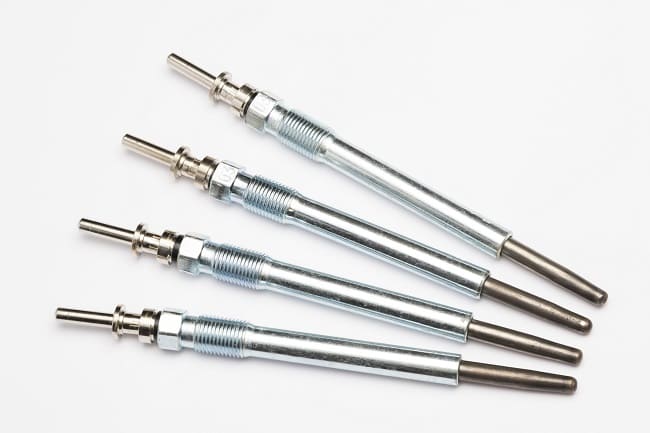
Advice from CarTipsandmore. If one glow plug fails, it is very likely that the rest will soon fail as well. It is therefore advisable to replace these parts as a complete set.
What should be replaced before errors occur
- Tires. Driving with summer tires is strictly forbidden in the winter season when wintry road conditions, such as black ice or snow, prevail. Therefore, summer tires should be replaced with winter tires as soon as the average daily temperature falls below 7 °C for several days. The winter tires are made of a softer rubber compound that remains elastic even at low temperatures, while the profile has more grooves that guarantee better grip even on slippery surfaces.
- Oil. Today, most auto chemical manufacturers also make all-season oils. In any case, if the car will be used in areas with a particularly harsh climate, it is good to replace the oil with a more suitable one. For example, oil that is suitable for all seasons and has a viscosity grade of 25W-40 cannot be used at temperatures below -5°C, while the minimum temperature for 20W-40 is -10°C. Such oils increase their density when it is very cold, which significantly increases engine wear during the starting phase, the load on the starter and fuel consumption.
- Diesel fuel. It must be remembered that summer diesel thickens at temperatures below -5 °C. This means that it cannot be used without being preheated. Due to special components, winter diesel can remain liquid down to -35 °C and some other variants even down to -55 °C.
9 accessories and means, which can help in time in winter
- Scrapers with a brush for removing snow and ice. Thanks to this tool, you can easily remove ice and snow from the windows and bodywork without risk of damaging the paintwork or scratching the glass. It is an essential tool when the car is parked outdoors.
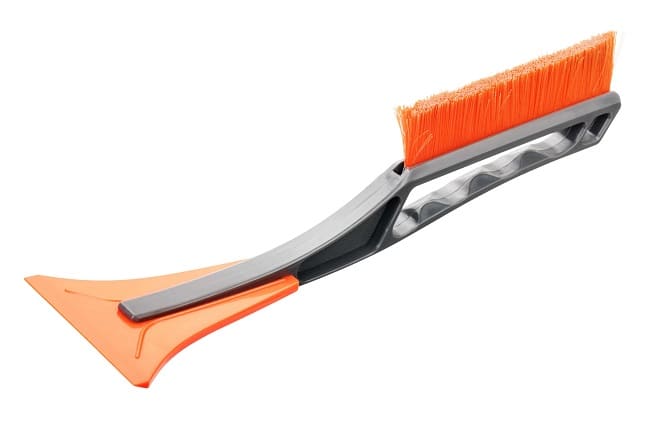
- Anti-fog agent. These agents include chemical compositions that form an invisible protective barrier on the glass surface and prevent condensation.
- Liquid door lock deicers. It is a special penetrant that makes it easier to open a frozen door lock. It is also commonly used to prevent ice formation.
- Shovel. Indispensable when removing the snow from under the wheels of a car stuck on the road. We recommend having two different shovels in the trunk: one with a square tip and one with a round tip. The first is useful for removing large amounts of snow. The second to remove snow or ice from the underside of the car.
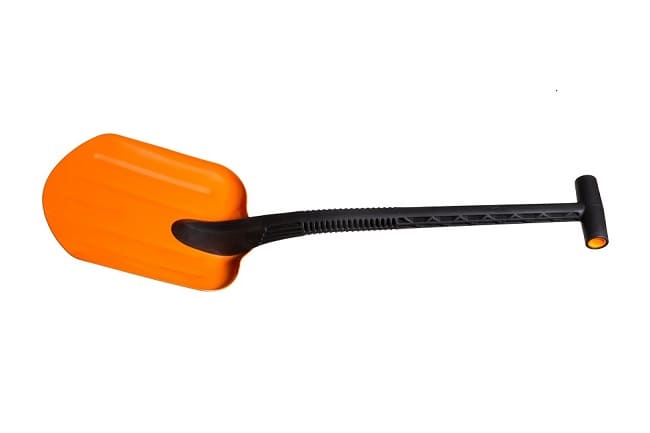
- Traction Mats. They are placed under a tire that is spinning because of snow or ice and cannot get a grip on the road surface.
- Seat Covers. Not only do they protect the upholstery from dirt, they also create an additional layer of air, thanks to which the seats feel warmer when entering the car. We also recommend purchasing seat covers with a heating function, as they increase driving comfort.
- Starter cable. Thanks to these cables it is possible to start the engine with the help of another vehicle in case the battery runs out. It is recommended to choose thick cables with large alligator clips: if there is any resistance in the circuit, no matter how small, all the power dissipated will cause the cable to heat up, but will not start the motor.
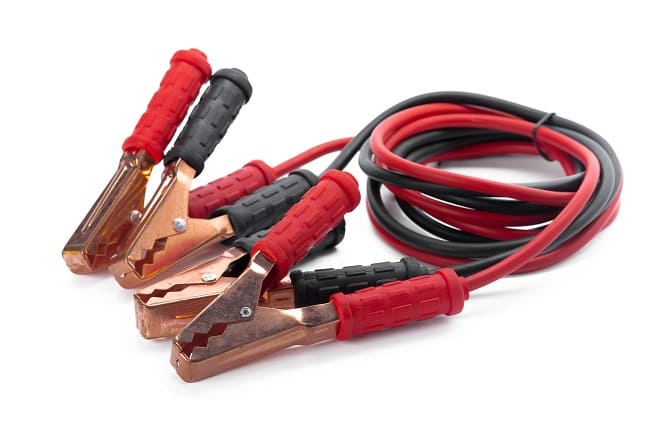
- Tow rope. This is very useful for pulling out a car stuck in snow.
- Deicer. It is a chemical agent that acts as an antifreeze. For example, you can remove the ice at the entrance to the garage.
Conclusion. Many defects that are sometimes not noticed in summer only become apparent in winter, since the vehicle is faced with more difficult conditions here. To avoid having the car's systems fail at the worst moment and risking being left far from civilization, it is advisable to have the car checked by a workshop before the onset of winter. You can rely on your vehicle when all the units and components work well and you have simple but useful accessories.
